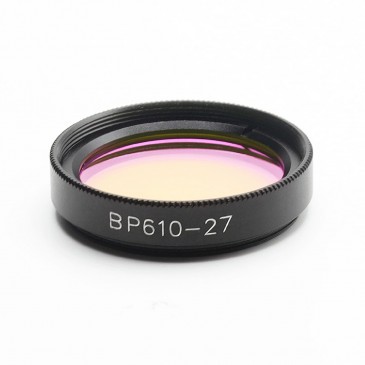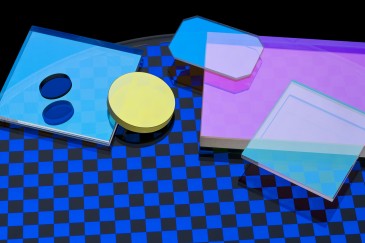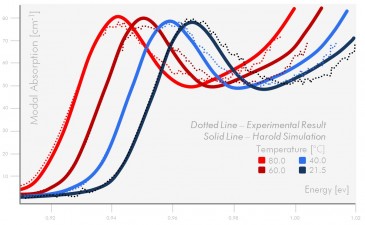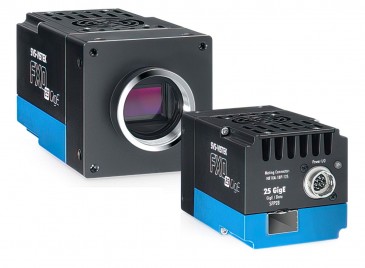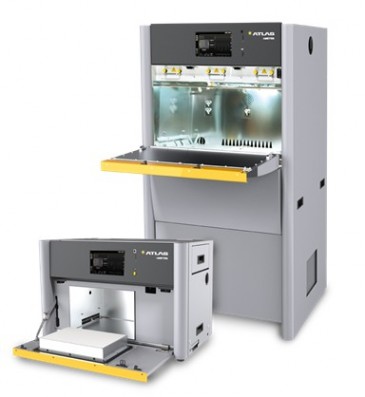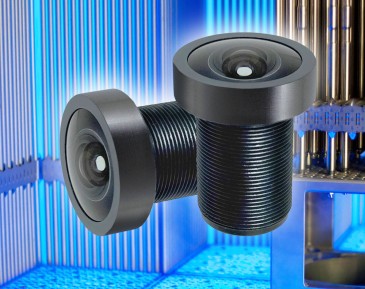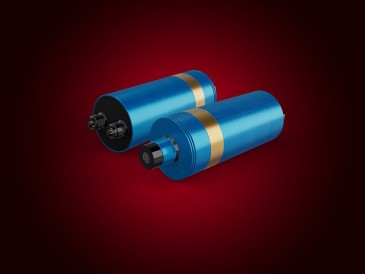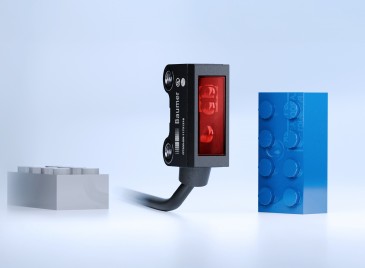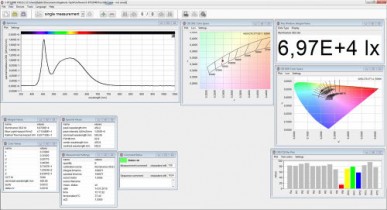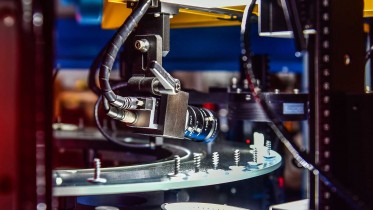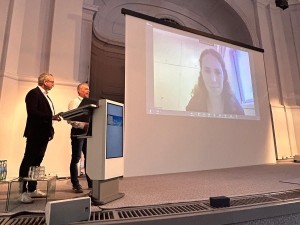SPIE, the international society for optics and photonics, and more than 55 organizations representing a multitude of scientific disciplines distributed more than 300 awards, scholarships, internships and scientific exploration opportunities to high school students at the 2017 Intel International Science and Engineering Fair (ISEF) during the Special Awards Ceremony on 18 May in Los Angeles, California (US).
The Intel ISEF is a program of the Society for Science and the Public and is the world's largest international pre-college science competition.
Winning students were ninth- through twelfth-graders who earned top prizes at local, regional, state or national science fairs, gaining them entry in the 2017 Intel ISEF. Approximately 1800 high school students from more than 75 countries, regions and territories were awarded the opportunity to showcase their independent research and compete for on average $4 million in prizes.
The volunteer judging team for SPIE prizes included SPIE Senior Member John Tamkin (lead judge) of Imaging Insights, SPIE Early Career Professional Member Pang Yu Teng of the University of California, Los Angeles and SPIE Member Pramod Butte of Cedars-Sinai Medical Center.
First place with a $2000 prize was awarded to Nicky Wojtania of Plano West Senior High School, Texas (US), for her project "Cellulose nanocrystals for security applications: embedding nonoptical signatures provided by nanoparticles into cellulose nanocrystal chiral nematic films."
She modified cellulose nanocrystals with nano- and other particles to provide both optical and non-optical signatures, to create a new class of security features useful for currency and other printed media.
Second place with a $1500 prize was awarded to Valerio Pagliarino of I.I.S. Nicola Pellati, Italy, for his project "LaserWAN — laser broadband internet connections."
He designed and prototyped a fully functional high-bandwidth free-space laser communication system intended for installation on top of power line pylons, reducing isolation of rural areas. The system includes adaptive focusing optics to accommodate changes in weather.
Third place with an award of $1000 went to Dominic Catanzaro, Cathedral Catholic High School, San Diego, California (US), for his project "Quick aligning telescopes."
He investigated alignment strategies of two-element refractive telescopes both computationally and practically, devising an automated way to achieve collimation and reduce aberrations. His technique involved coupling interferometric wavefront errors using Zernike polynomials to drive actuators for wavefront aberration minimization. He compared his results with expected results from a double-pass optical design model using commercial software.
Fourth place with an award of $500 went to Gareth Reid of Grosvenor Grammar School, United Kingdom, for his project "Gaze: a low-cost digital optical device supporting education in developing countries."
He developed a low-cost microscope that uses a smartphone or tablet as a display device, which includes motor-driven focus and an ergonomic design while achieving very low cost — under $10 — for classroom environments.
Photo caption: Judges congratulate first-place SPIE Special Award winner Nicky Wojtania at Intel ISEF 2017; from left are John Tamkin, Wojtania, Pramod Butte, and Pang Yu Yeng.








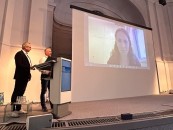

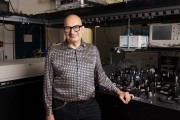






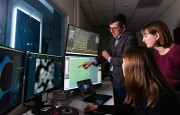


















 Back to News
Back to News